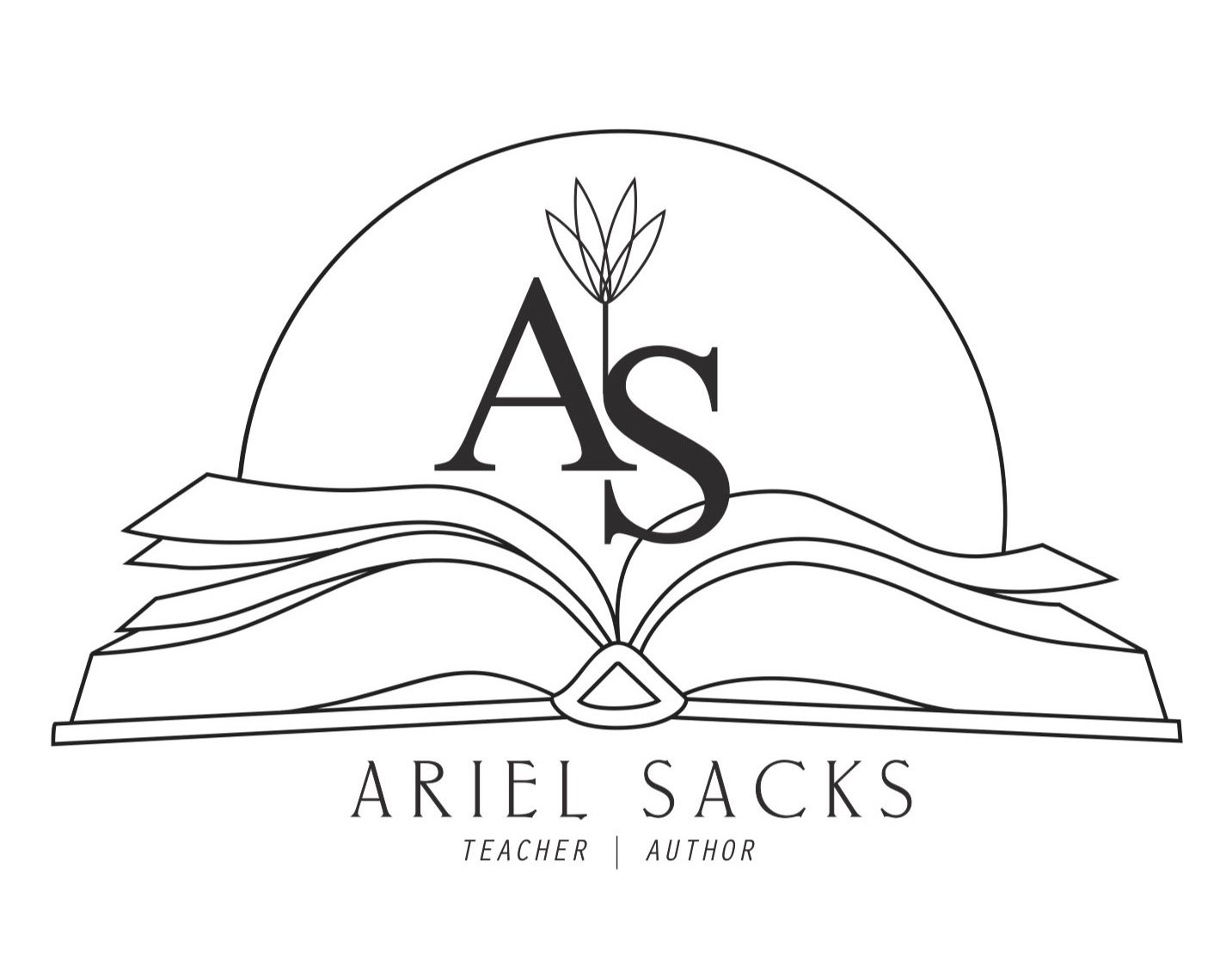An oldie but goodie: This post was first published in on March 30, 2011 at On the Shoulders of Giants hosted by Center For Teaching Quality.
Today I "caught" a student who I would characterize as a reluctant reader reading the walls of my classroom to another student, who has also struggled a lot with reading this year. Mind you, they were both supposed to be doing a different assignment at their tables. While one part of me was about to redirect them both, I realized that this was a great moment I had no interest in interrupting. They were reading together out of a genuine interest for the information on the walls. Voluntary reading—the best kind.
What was on the walls? Students have been studying the history of the English language, how words get their meanings and how they change across time and place. It has been fascinating. One night for homework, I asked them to research their own names. Where do their names come from? What do they originally mean? How did they get their names? What do their names mean to them?
The written responses shared with one another in class were wonderful. They beautifully reflected the diversity of the students and shared something special about each of them. From a linguistics standpoint, it was illuminating to see the myriad ways that people arrive at names for their children, where these names come from, and what they mean. These stories echoed the word etymologies students had been studying in class at the same time.
Finding the two boys reading the walls was a great reminder that, for every student, there is a way to voluntary reading. Sometimes the wall is the perfect medium for repackaging something from class—especially student voices—to reach more students. Sometimes the timing is just right for reading and the wall is a way to catch a child on a whim and create flexible opportunities for reading. Finally, this reminded me that, though it takes time to update classroom bulletin boards, it is so worthwhile.

